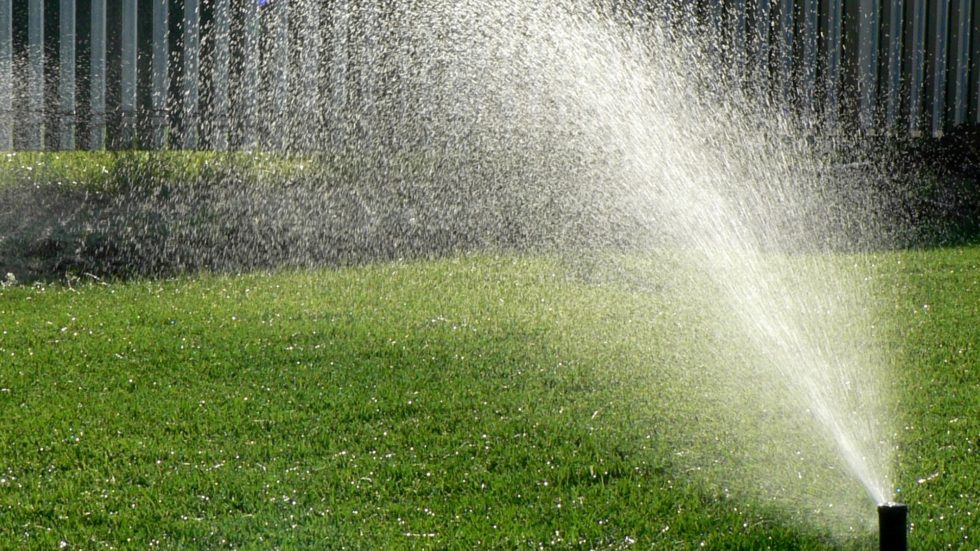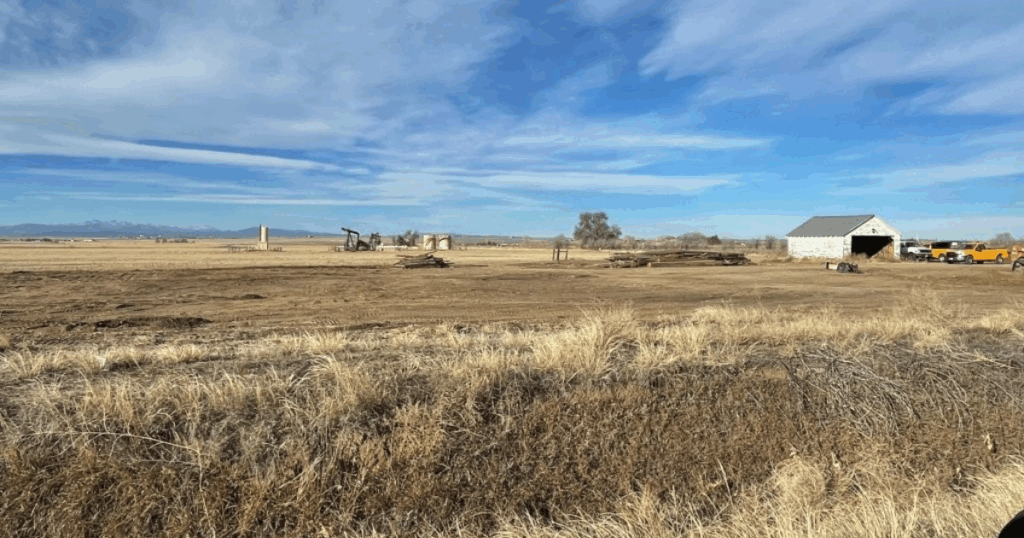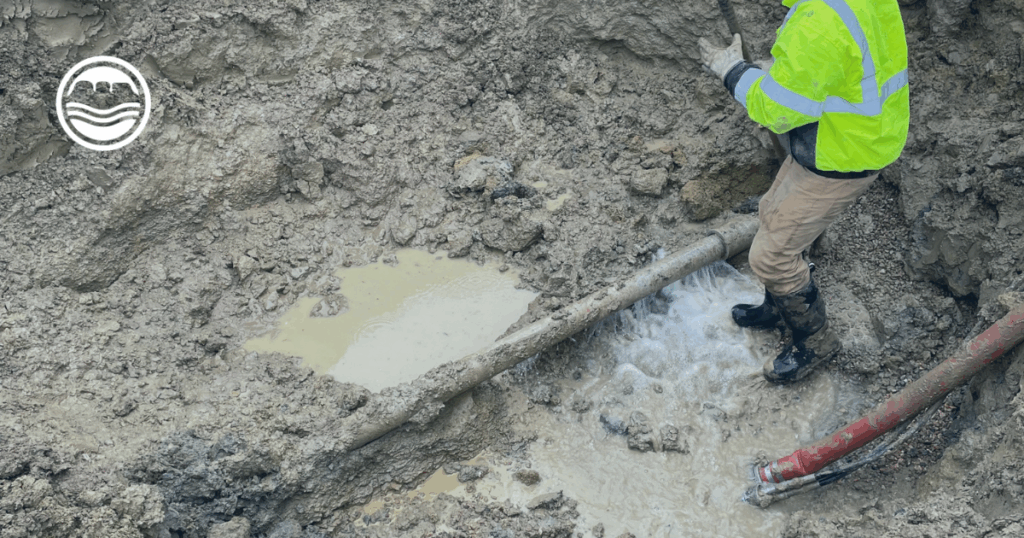It’s July! For many of us, that means summer fun is in high-gear—and so is yardwork. If you’re someone who cherishes the long summer days of digging dirt, planting veggies and flowers, cultivating an immaculate lawn or growing awesome pollinator and native grass spaces, then you know your way around a sprinkler or drip system. Or, at the very least, you know how to turn one on each season and hope for the best.
Sprinkler and drip systems are fantastic additions to an amateur horticulturalist’s toolkit for a number of reasons. First and foremost, it’s super convenient: You don’t have to remember to water your spaces, nor do you have to lug around hoses and rediscover the perfect placement for your sprinkler attachment every day. It’s also a great way to be waterwise: Automating your system gives you the ability to closely regulate your water usage.
But with great power comes great responsibility. Because sprinkler and drip systems are automated, that means problems can easily fly under the radar. Leaks and obstructions are the enemy of a waterwise gardener, and they happen more than you might think.
Water is a vital and increasingly limited resource in Colorado, which is why we have to be increasingly smart about how we use it. To help you out, we’ve compiled a few tips on how to ensure your sprinkler or drip system is operating normally. Read on!
Did you Sign-Up for a Free Sprinkler Checkup?
It’s never too late in the season to have an expert check the health of your sprinkler system. Luckily for you, Fort Collins-Loveland Water District (FCLWD) customers qualify to receive a FREE sprinkler checkup offered in partnership with the City of Fort Collins. During these checkups, an expert will come out to your residence to check your system for leaks and needed repairs and help you develop a smart schedule that ensures you’re using just the right amount of water.
What’s the catch? The only catch is that this program requires eligible residents to sign up and secure a slot, and those are limited. Check to see if you can still secure a spot this summer here.
If all slots are full by the time you’re reading this, fear not. Read on for tips on how you can make sure your system is good-to-go.
Do a Walkthrough to Check For Visible Leaks
The first and most obvious step to see if your sprinkler system is operating as planned is a simple walkthrough. That means touring your irrigated area to see if there are any inexplicable pools of water, mushy soil or—most obvious—geysers shooting up from the ground and causing a scene. In the event you’re able to confirm any of these—especially that last one—you probably have a leak.
Should you discover leaks in the main distribution line, call the FCLWD and we’ll repair them immediately. If the leak is on your customer distribution line, please contact your trusted irrigation service for assistance.
Test Each Area of Your System
For those with large outdoor areas, or spaces that are separated and require different irrigation areas, it’s important to test each area individually to insure each is working properly. Simply run one area at a time and visually inspect how well it’s operating—check for low flow, high-pressure, sprinkler heads that are stuck, and other irregularities. If you do notice an area that’s not irrigating properly, contact your irrigation service.
Keep an Eye Out for Standing Water
As previously mentioned, chronic standing water could be an obvious sign of a leak, but in the event that your system is working properly, it’s a sign of something else: overwatering. While technically not a “leak,” overwatering is just as wasteful and more easily avoidable. A simple inspection after regular waterings to test the moisture of your soil will help you determine the proper frequency and time of your sprinkler sessions.
Implement a Cycle-Soak Watering Schedule
The cycle-soak method of watering is a great way to reduce your water usage and actually improve the health of your lawn. The cycle soak method involves, well, cycling through your zones and allowing time for water to soak in. Using this method you should plan to water 2-3 times/week for 8-12 minutes one hour and then the next hour water another 8-12 minutes instead of watering 4-5 times/week for 20 minutes a day. To make it even easier to implement this system, the City of Fort Collins has a handy daily lawn watering guide that tells you exactly how long you should water based on the weather, check it out here.
Check Your Drip System
Drip systems are silent and often hidden from sight, which makes them easy culprits for leaking. Drip systems are also more fragile than built-in sprinkler systems, which means a nosey dog, curious cat or squirrely…um…squirrel can easily disturb them. Regularly check your drip system to make sure you’re not pooling water underneath a silently drowning shrub, tree or flowerbed. These can easily be fixed at home, or with the help of a specialist.
Make Sure the Backflow Device is On and Operational
Backflow prevents the unwanted reverse flow of non-potable water into pipes that provide potable water, so it’s important this one is working properly. Luckily, it’s pretty easy: Just check your irrigation system to make sure it’s turned on. Need help? Read up on our backflow prevention for more!
Review Your Bill for Usage Spikes
Information is power! Regularly reviewing your monthly bill will tip you off to any sudden irregularities, like an inexplicable spike in water usage. Should you notice a spike in your bill—and you or your family members haven’t taken up the hobby of hour-long showers—then you should start with a sprinkler walkthrough. The District also offers a FREE leak detection program. We’ll monitor anomalies for you and if we suspect there’s a leak we’ll send you a notification. To take advantage of this service, make sure the email address in your online account is up-to-date or send an email to our team at billing [at] fclwd.com.
Still have questions? Check out these videos from the City of Fort Collins that explain what to look for! And, of course, should you have any further questions, please use our contact forms to reach out to us.
 Skip to content
Skip to content








